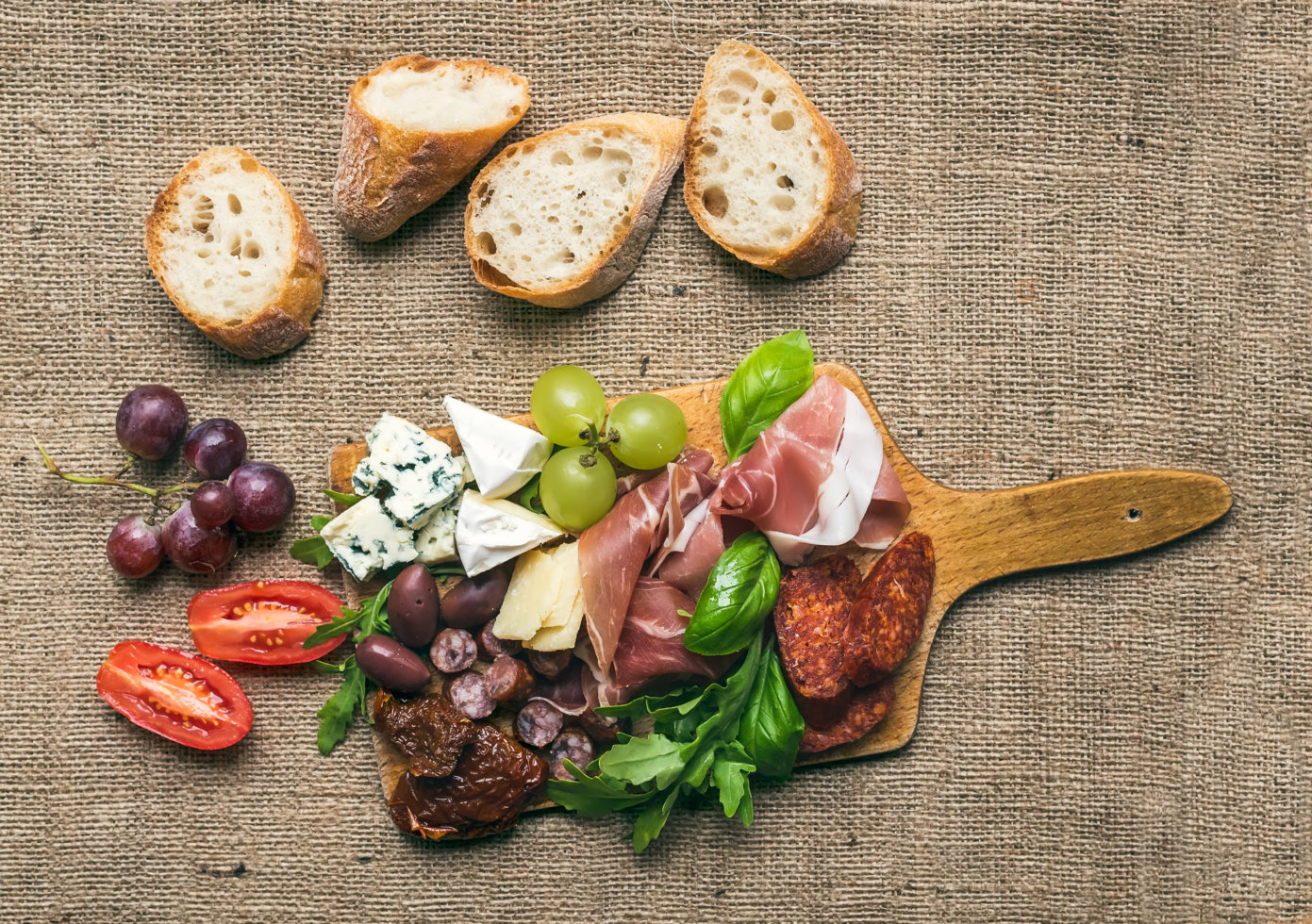
Cheeses
Hidden in a treasure trove of natural abundance, the pristine pastures perched on the mountain slopes are the jewels in the crown of Ticino, an exceptionally beautiful and unspoilt rural alpine region. The rattle of cowbells is the soundtrack to an alpine lifestyle that follows the slow progression of the seasons. Those who walk through the mountain pastures find it impossible to resist trying the products crafted by the skilful hands of cheesemakers.
The milk used gives the cheese unique aromas and flavours, depending on the fodder consumed by the cows, which can include Alpine Lovage, Golden Hawk’s-beard, Ribwort Plantain and various species of alpine clover. There are Alpine cheeses and full-fat and semi-fat Formagella as well as the semi-hard and full-fat Formaggi di Caseificio (‘Dairy Cheeses’). The region’s processed cheeses made with cow or goat’s milk are of equal renown. They come either flat or in a ‘büscion’ (cone) shape, and are eaten fresh, sprinkled with ground pepper and extra virgin olive oil.
Authentic goat’s cheese is marked with a special ‘Capra Ticino’ stamp. Another excellent cheese is Zincarlin, a fresh cheese with added salt and ground pepper; the Zincarlin della Val da Mücc, meanwhile, has a more intense flavour, having been left to mature for more than two months and treated with white wine in keeping with an ancient recipe.
Honey
Almost invisible to the human eye and constantly hurrying through its daily life, the bee is one of the most important animals for our survival, due to its crucial role as a pollinator.
Whilst honey is the best-known and most popular product from bees, we should not forget their other gifts, such as royal jelly, pollen and propolis. Due to the bees’ close relationship with the region in which they live, their products are a kind of fingerprint of the surrounding environment. For this reason, the diversity of the Ticino region, set in the foothills of the Alps with plains to the south and high mountains to the north, is reflected in the honey it produces. There are clear differences between the honeys produced in the different areas. Chestnut honey is the Ticino honey par excellence: the aroma is very strong and rich, but essences from secondary flowers can lend it different nuances of colour and flavour. Black locust or acacia honey, mostly collected in the Sottoceneri region, is almost colourless, with a refined, delicate flavour.
Lime tree honey, meanwhile, is light brown, and in general is the honey of choice for those who find black locust honey too sweet and chestnut honey too strong.
Chestnuts
The sweet chestnut tree, a common sight in the southern Alps at altitudes of between 200 and 1000 m, was once known as the ‘bread tree’, since chestnuts were one of the staple foods of Canton Ticino until the early Middle Ages. Various methods were used to preserve the chestnuts, allowing them to be eaten almost all year round.
One of the most common of these was a unique drying procedure. They were taken from the chestnut forests to a small, two-storey stone building known as a grà, where they were dried slowly for several weeks above a fire kept at a constant temperature. The romantic sight of wisps of smoke rising from the grà has all but died out, but the nutritional value and delicious flavour of this autumnal food remain.
Today, the products made from chestnuts are similar to those produced in the past, and include flour, flakes, bread, pasta, cake, jam and beer. Lovers of good food devour chestnuts in a plethora of forms: marrons glacés, roasted, boiled and served with cream or as a side to many dishes, including game.
We would like to thank Ticino a Tavola. All the recommendations from this article are taken from: http://ticinoatavola.ch/index.php?page=home